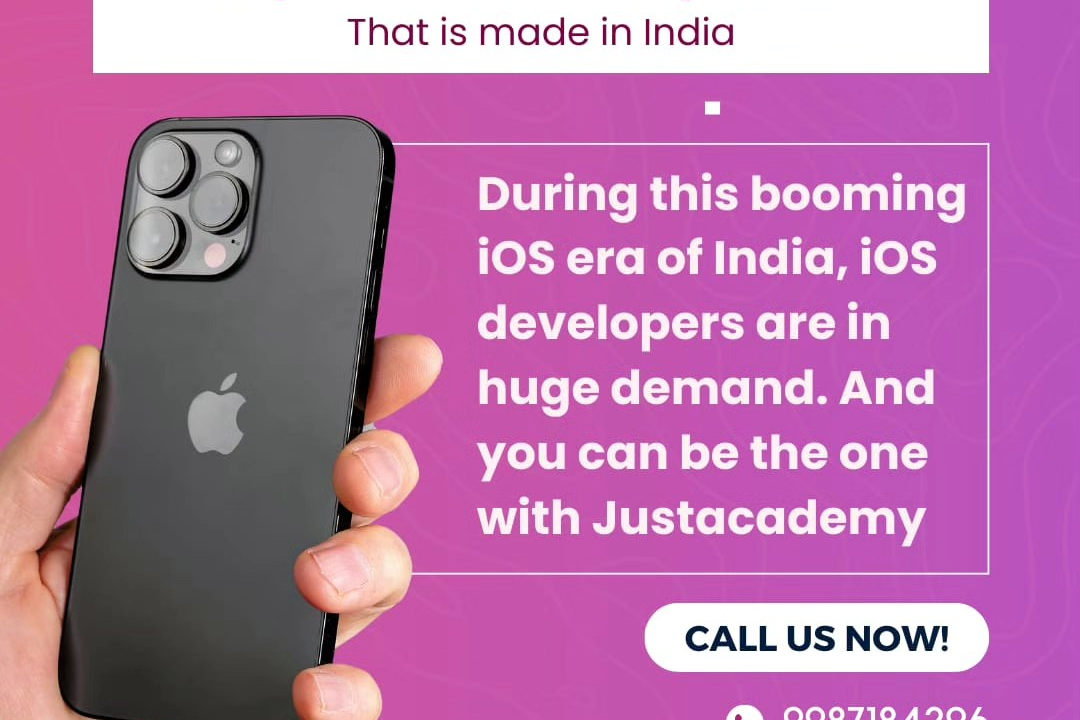Admob Integration
Optimizing Your App Revenue with AdMob Integration
Admob Integration
AdMob integration involves incorporating Google’s mobile advertising platform into a mobile application to monetize it through ads. Developers start by creating an AdMob account and registering their app to obtain unique ad unit IDs. These IDs are then implemented in the app's code using the AdMob SDK, which can be added via build tools like Gradle for Android or CocoaPods for iOS. The integration supports various ad formats, including banner ads, interstitials, and rewarded video ads. By configuring and customizing the ad placements, developers can enhance user experience while earning revenue through impressions and clicks on the ads displayed within the app. Additionally, AdMob provides analytics to track ad performance and optimize strategies for better monetization.
To Download Our Brochure: https://www.justacademy.co/download-brochure-for-free
Message us for more information: +91 9987184296
1 - Understanding AdMob: AdMob is a mobile advertising platform by Google that allows you to monetize your app by displaying ads. Understanding its purpose and functionality is critical before integration.
2) Creating an AdMob Account: Start by signing up for an AdMob account if you don’t already have one. This will give you access to the dashboard where you can manage your ad units and track performance.
3) Setting Up Your App in AdMob: Once you’re logged in, you need to add your application to AdMob. Provide necessary details such as the app's name, platform (Android/iOS), and app store link (if available).
4) Generating Ad Units: After setting up your app, the next step is to create ad units. An ad unit is a specific placement for ads within your app (e.g., banner, interstitial, rewarded ads).
5) Choosing Ad Formats: Understand the various ad formats available, such as banners, interstitials, rewarded videos, and native ads. Choose the formats that best fit your app design and user experience.
6) Integrating the AdMob SDK: For integration, download and include the AdMob SDK in your app project. This library will allow your app to request and display ads.
7) Implementing Initialization Code: In the application’s entry point (like `onCreate` in Android), include the initialization code for the AdMob SDK to prepare the app for ad requests.
8) Writing Code to Load and Display Ads: Write the necessary code to load the ads based on the ad unit IDs you created. This includes handling different ad formats and their lifecycle.
9) User Experience Considerations: Ensure that ads do not disrupt the user experience. Position ads thoughtfully in your app, and avoid overloading users with too many ads at once.
10) Testing Ads with Test Devices: Before going live, utilize AdMob’s test ads to ensure that your ad integration works correctly. This prevents violating AdMob policies by showing real ads during development.
11) Monitoring Ad Performance: Use the AdMob dashboard to monitor your app's ad performance metrics such as impressions, clicks, earning, and CPM (cost per thousand impressions).
12) Policy Compliance: Familiarize yourself with AdMob’s policies to ensure your app remains compliant. Violating these policies can lead to account suspension or banning.
13) Optimizing Ad Placements: Experiment with different ad placements and formats to see what maximizes user engagement and revenue. A/B testing can be useful for optimization.
14) Handling User Complaints and Feedback: Be prepared to handle user feedback related to ads. Some users may have complaints about intrusive ads, and addressing these can improve user retention.
15) Updating and Maintaining Integration: Regularly check for SDK updates and new features released by AdMob. Keeping your app updated ensures better performance and compliance with the latest standards.
16) Exploring Mediation: If you want to increase revenue, you can explore mediation networks that allow you to serve ads from multiple ad networks through a single AdMob interface.
17) Understanding Revenue Types: Educate students on the difference between CPM (cost per mille), CPC (cost per click), and CPA (cost per action) to help them understand potential earnings.
18) Encouraging Ethical Monetization: Discuss the importance of ethical monetization practices with students, ensuring that monetization does not negatively impact the user experience.
By covering these points, students should gain a clear and comprehensive understanding of integrating AdMob into mobile applications effectively.
Browse our course links : https://www.justacademy.co/all-courses
To Join our FREE DEMO Session: Click Here
Contact Us for more info:
mern stack internship
tableau training near me
Angular front end developer
ASP NET Online course











